Experience Majestic Divinity at Hue's Stunning Cathedral
Phu Cam Cathedral is located on Phuoc Qua Hill, in Phuoc Vinh Ward, Hue City.
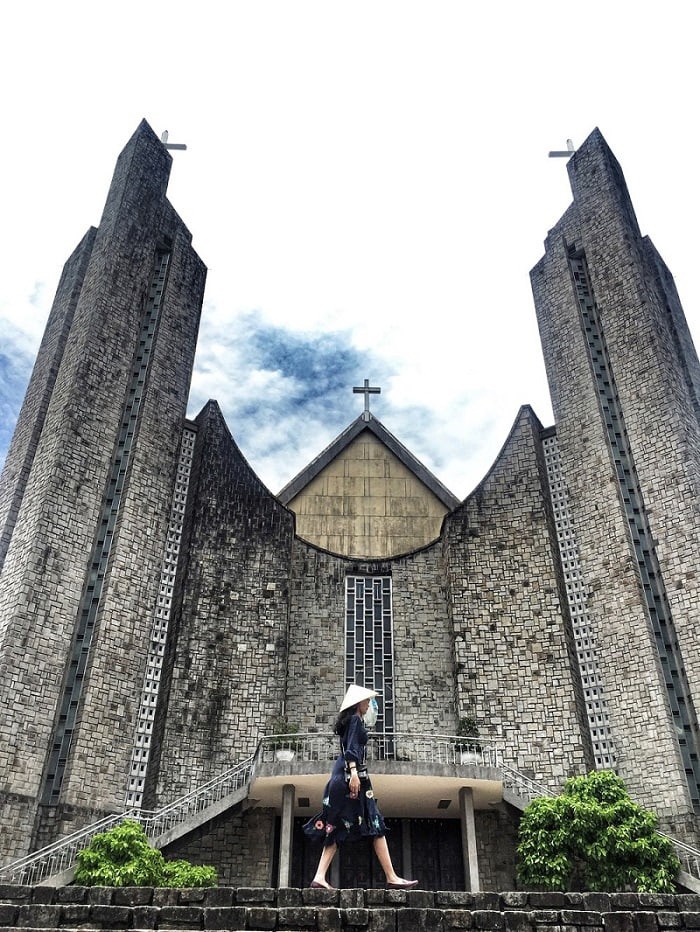 |
| Photo: Lu Hanh Viet Nam |
This attraction was one of the most famous and oldest churches of the city, with ancient architecture, large space, and is surrounded by other religious buildings of the church.
Symbolic Hue architecture
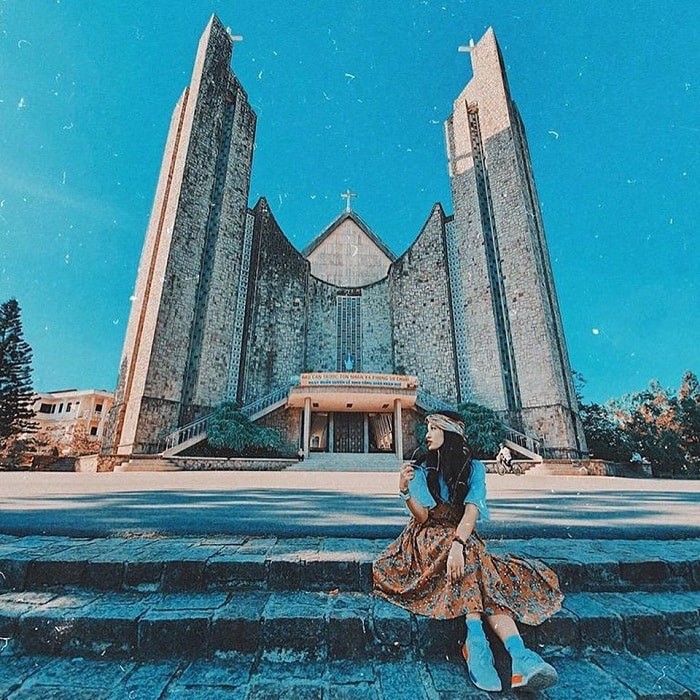 |
| Photo: Lu Hanh Viet Nam |
Phu Cam Cathedral has a long rich history and culture, which was designed by the famous architect, Ngo Viet Thu, whose works were greatly honored by the city, and some have become symbols of Hue, such as Hue University of Education, Huong Giang Hotel Resort & Spa, and Century Riverside Hotel Hue.
Hundreds years ago, the cathedral used to be a bamboo chapel located near An Cuu River and was built by Priest Langlois (1640-1770) in 1682. Two years later, the priest constructed a large stone church in Phuoc Qua hill. Despite being described as a one-of-a-kind construction ever constructed and admired by Lord Nguyen Phuc Tan and mandarins, the cathedral was completely destroyed in 1698 under Lord Nguyen Phuc Chu's reign (1691 - 1725).
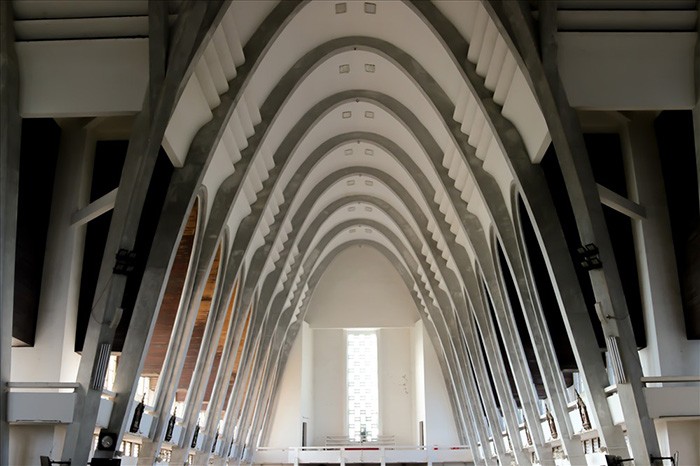 |
| Photo: Lu Hanh Viet Nam |
After two long centuries, in 1898, Phu Cam Cathedral was reconstructed by Bishop Eugène Marie Allys. It was not until 1902 that the church was completed, and reflected Gothic architecture in its design. On the two sides of the cathedral, there are two bell towers that have a cylindrical shaft, round roof, and medium height. The two towers were connected by a stair built at the second story.
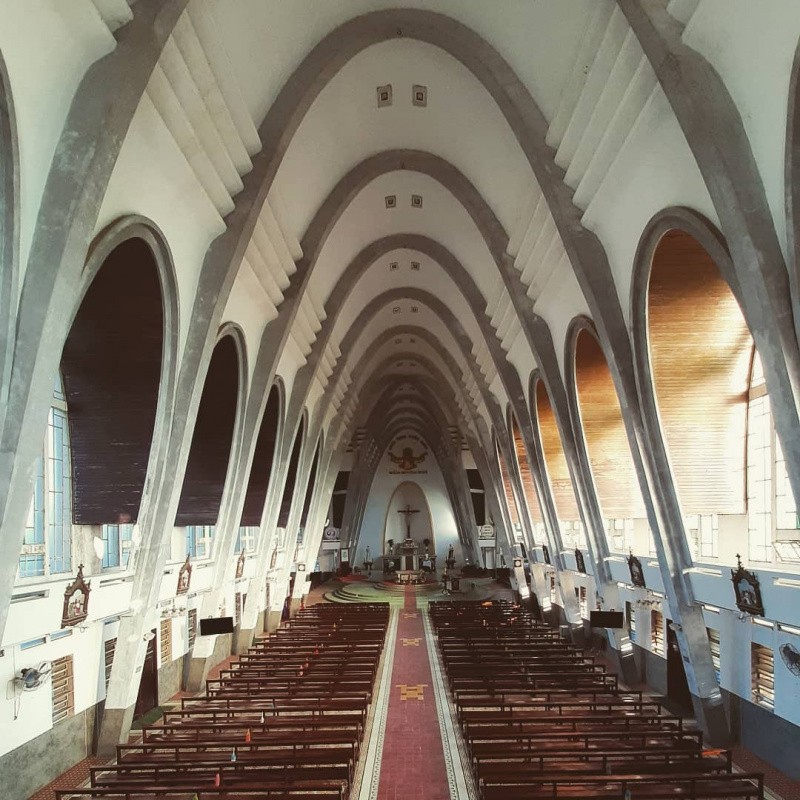 |
| Photo: Alongwalker |
However, it was again replaced by a new structure in the 60s, since it was not enough space for a large number of religious followers attending the cathedral.
 |
| Photo: Lu Hanh Viet Nam |
In 1960, after the Diocese of Hue was elevated to Archdiocese and Archbishop Phêrô Máctinô Ngo Dinh Thuc from Vinh Long to assume the office of Archbishop of Hue, he destroyed the whole old Cam Cam church and started to build the new cathedral with the project made by architect Ngo Viet Thu.
After all the difficulties and changes, in May 2000, Phu Cam Cathedral was completed by architect Ngo Viet Thu.
The church was constructed on a cross-shaped foundation. One of its ends faces the south, while the other faces the north. The church was not only constructed in modern techniques but also decorated with western classical art. Pillars are molded close to the wall, bending forward. Four corners, each with three pillars rising out, form a space wide enough to enclose the sanctuary and the altar.
Along with the reinforced concrete structure are traditional materials such as stone, wood, and terracotta tiles. There are two rows of colored glass windows located in the upper interior of the Cathedral.
When they built the cathedral, different factors such as the weather, locality, etc, that could affect the exterior were all well-studied.
Inside, there is a cross made of steel and concrete on a round pillar. The Cathedral has a marble altar located in a small round-shaped space. The building has two wings extending to the right and left; the tomb of the former archbishop Philippe Nguyen Kim Dien (1921-1988) is on the left and a shrine presenting a saint is on the right.
In front of the building are two statues: Saint Phero is on the right and on the left is Saint Paulo and other missionaries of the Phu Cam diocese. Ngo Viet Thu had combined the old and modern architecture to help create a sacred but also friendly atmosphere and look.
 |
| Photo: Lu Hanh Viet Nam |
Phu Cam Cathedral is a marvel to behold. Steeped in history, the building's impressive design may bless tourists with some divine inspiration.
 | Stunning Mossy Beaches of Central Vietnam From the Tet holiday to March, if tourists walk along beaches in Central Vietnam, they will be amazed by the stunning green moss carpet covering ... |
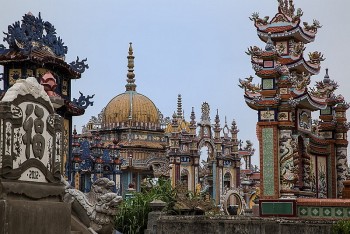 | Get A Glimpse of Vietnam's City of Ghosts in Thua Thien Hue Families in a rural community of Vietnam are pouring up to US$70,000 into elaborate final resting places to honour their kin. |
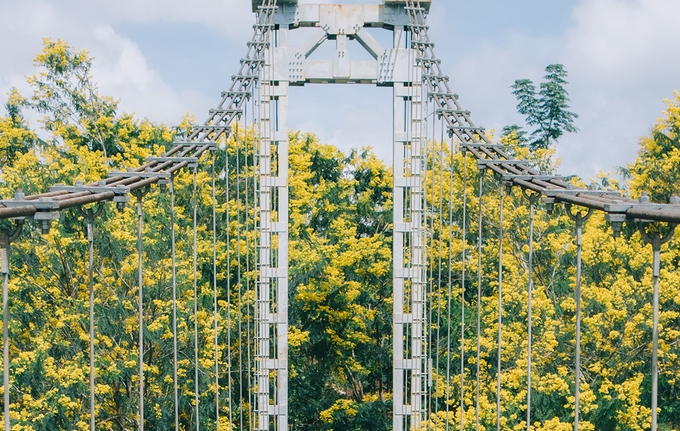 | Dak Nong's Town of Golden Flowers Gia Nghia, one of Vietnam's youngest cities, is also known as the "town of golden flowers." |
Recommended
 Travel
Travel
Strategies for Sustainable Growth of Vietnam’s Tourism from International Markets
 Travel
Travel
Vietnam Strengthens Its Presence On The Global Tourism Map
 Multimedia
Multimedia
Phong Nha-Ke Bang National Park Named Top Adventure Travel Site
 Travel
Travel
Luxury Train From Hanoi To Hai Phong To Be Launched In May
 Travel
Travel
Phong Nha Named Top Budget-Friendly Travel Destination for Spring 2025: Agoda
 Travel
Travel
Four Indian Films Introduced to Lao Cai Audience
 Travel
Travel
Vietnam to Waive Visas for Citizens from 12 Countries until 2028
 Travel
Travel


